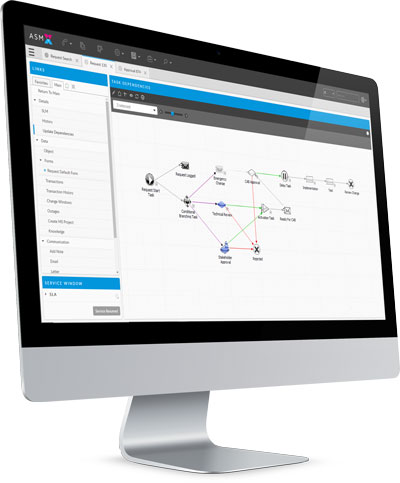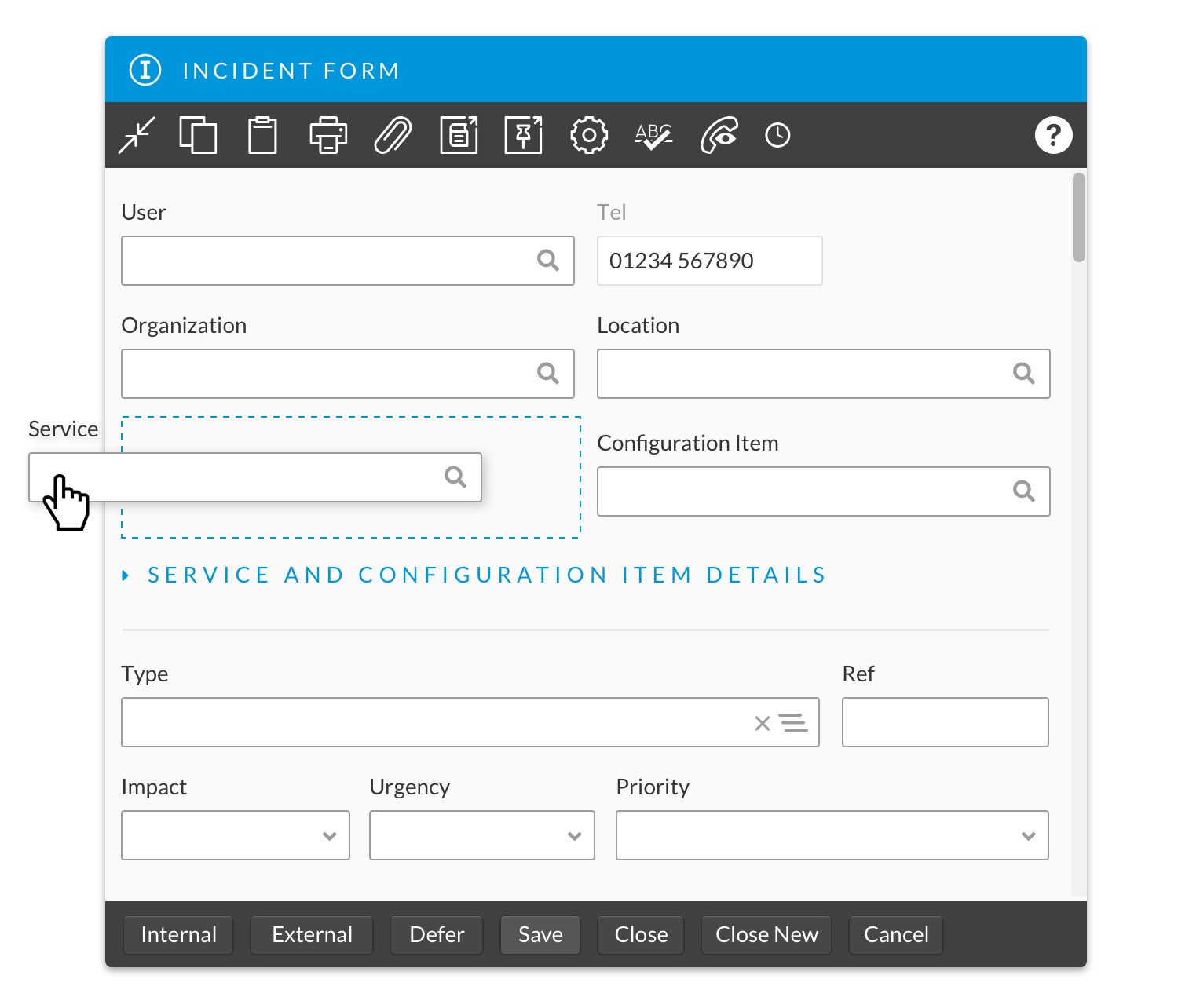Industry
Uses
Flexible Options
Services


The end-of-life announcement for Cherwell Service Management presents significant business implications for organizations currently relying on the Cherwell ITSM tool to administer the delivery of IT Service Management processes.
The absence of critical updates exposes Cherwell’s customers to potential security vulnerabilities and compliance issues, potentially leading to data breaches and regulatory penalties. The lack of security patches may inhibit the integration to other systems as Cherwell becomes a vulnerable end point.
Organizations planning to replace Cherwell should be aware that the migration process requires meticulous planning to ensure data integrity and minimize downtime. It is essential to train employees on the new ITSM software to maintain productivity and user satisfaction, necessitating additional investment in comprehensive training programs and support.
Despite these challenges, the transition presents an opportunity to enhance IT service management capabilities. By adopting a modern, more robust ITSM solution, organizations can improve operational efficiency, leverage advanced features, and better align with future business needs.
This proactive shift not only mitigates risks associated with the outdated Cherwell system but also positions the organization for sustained growth and innovation.
When replacing Cherwell, customers should consider several critical factors to ensure a smooth transition and continued efficiency in their IT service management.
One of the key features that attracted many of Cherwell’s customers was its highly flexible customization platform, allowing customers to implement their own process designs. A primary consideration will be whether your organization can function with industry standard processes or if they require to remain on tailored processes.
The aspects of the ITSM system that will be the primary considerations will be the power of the workflow engine and screen designer provided by each platform.
Further key considerations include:
By carefully evaluating these factors, Cherwell customers can select a replacement tool that not only meets their current needs but also positions them for future success in IT service management.
Alemba Service Manager’s out-of-the box GUI-driven solution provides an attractive alternative for organizations looking to minimize the cost and disruption of replacing Cherwell.

The foundation of the Alemba Service Manager platform is its graphically driven workflow engine that enables organizations to map virtually any business process into the tool for automation, compliance, and staff coordination purposes. The workflow engine is supported by an advanced screen designer which allows users to create any field layouts they require and set business rules against those fields. The field builder allows users to build an unlimited number of various field types for use in the screen designer.

Alemba Service Manager offers a modern, intuitive interface designed to boost user productivity and streamline workflows. Its robust integration capabilities facilitate seamless connectivity with existing systems, ensuring a smooth transition with minimal disruption.
The foundation of the Alemba Service Manager platform is its graphically driven workflow engine that enables organizations to map virtually any business process into the tool for automation, compliance, and staff coordination purposes.
Alemba Service Manager supports advanced automation features throughout the application. This significantly reduces manual effort, for example in CMDB maintenance or the management of ticket routing, allowing IT teams to focus on more strategic initiatives.
The platform's scalability supports organizational growth, adapting to changing business needs without compromising performance. Moreover, Alemba's commitment to regular updates and customer support guarantees that organizations remain at the forefront of technological advancements, thereby future proofing their IT service management operations.

Alemba Service Manager customer Liverpool City Council experienced a 30% reduction in calls to the ICT Service Desk within 3 months of implementation.

Kroger's HR department saved valuable time by implementing workflow automation to assist with their new hire process.
Migrating from Cherwell to Alemba Service Manager (ASM) ITSM tools can be a complex process, but with careful planning and execution, it can be successful. Here are some useful tips to keep in mind:

By following these tips, you can help ensure a smooth transition from Cherwell to Alemba Service Manager, minimizing disruption and maximizing the benefits of the new system.
Interested in finding out more about how Alemba Service Manager compares with Cherwell? Contact us at [email protected] or request a demo via the link below for a demonstration with one of our product experts.